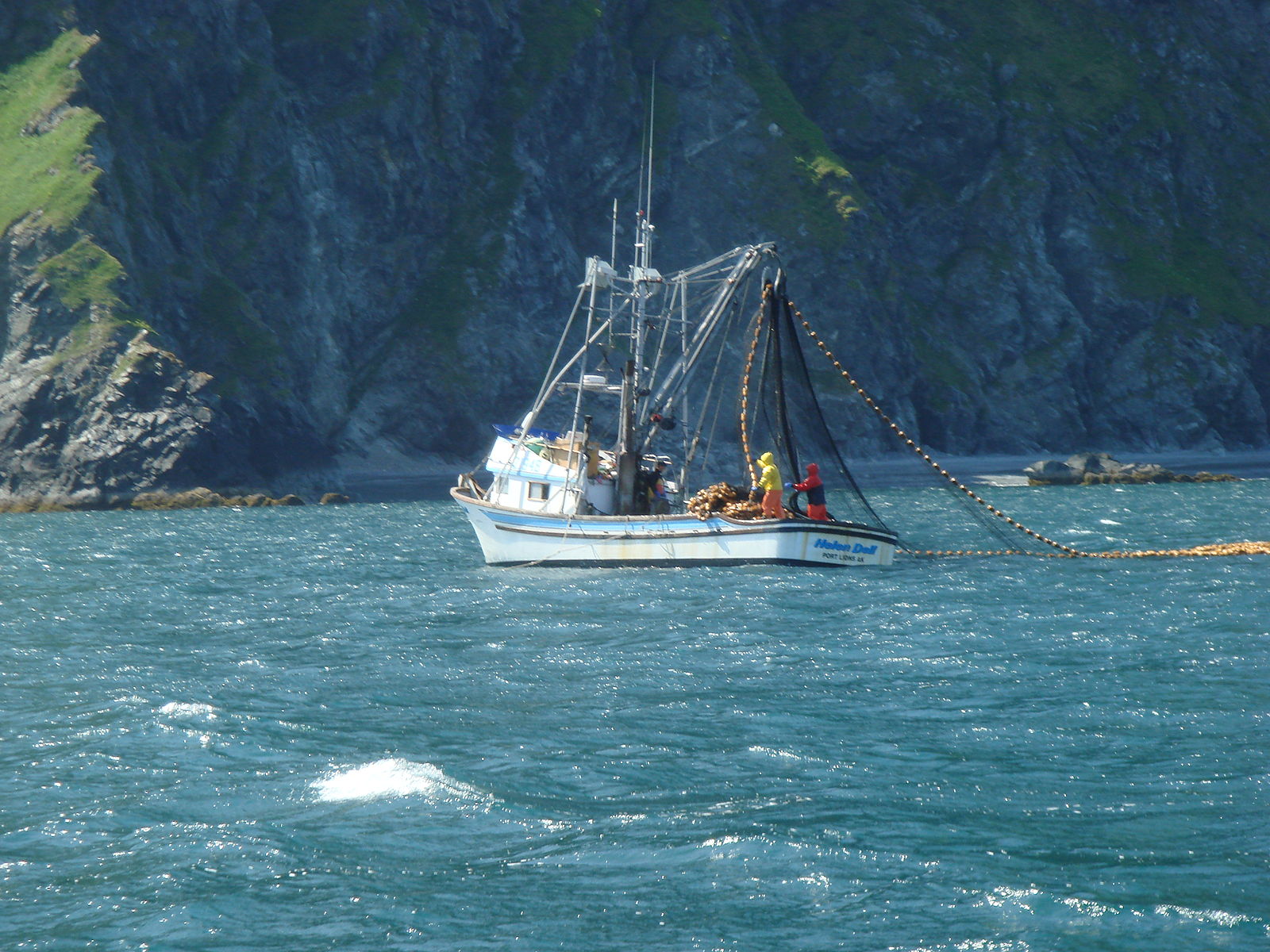With the exception of Bristol Bay, season could be a bust overall
Alaska’s salmon fisheries continue to lag alarmingly in several regions, with overall catches down by a third from the same time last year.
The single exception is at the unconquerable Bristol Bay, where a 37 million sockeye catch so far has single-handedly pushed Alaska’s total salmon harvest towards a lackluster 60 million fish.
It’s too soon to press the panic button and there is lots of fishing left to go, but fears are growing that Alaska’s 2018 salmon season will be a bust for most fishermen. Worse, it comes on the heels of a cod crash and tanking halibut markets (and catches).
State salmon managers predicted that Alaska’s salmon harvest this year would be down by 34 percent to 149 million fish; due to an expected shortfall of pinks. But with the exception of Bristol Bay, nobody expected fishing to be this bad.
Catches of sockeye, the big money fish, are off by millions at places like Copper River, Chignik and Kodiak, which has had the weakest sockeye harvest in nearly 40 years.
The weekly update by the Alaska Seafood Marketing Institute said that coho and Chinook catches remain slow, and while it is still way early in the season, the “bread and butter” pink harvests are off by 65 percent from the strong run of two years ago.
Chums are proving to be some fishermen’s best friends again, following last year’s record 25 million haul. While fishing is 40 percent behind last year’s pace, catches are strong at Prince William Sound and in the Arctic regions.
Kotzebue is readying for a top 10 chum catch and some of the best salmon news comes from Norton Sound, where chums and pinks have buyers scrambling to keep up with the fish.
“Pink salmon have overrun the Sound again this year,” wrote veteran Jim Menard for the state’s weekly salmon updates at his ADF&G office in Nome. He added that several part-timers were hired this summer to help keep counts at the weirs passing pinks.
“While it's not quite combat fishing there are big crowds, especially kids at Nome River beach mouth, pulling in pinks nearly every cast,” Menard said. He added that sockeyes also are showing up strong enough to “create another caravan of vehicles heading out of Nome to seine and gillnet sockeyes in the river.”







